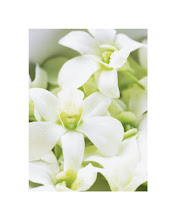5-4-3-2-1
5.Comments:
- I did not know that inking and painting is more suitable for a women to do; I thought anybody can do it.
- Seems like inking and painting is very hard; inking and painting is precision work that requires neatness and patience.
- So I guess women are better than men; just kidding.
- I thought that using color for animated characters is hard but using color for animals is just as difficult; the animals have to stand out against the background.
- I don't think I do inking and painting because I have very little patience.
4.Questions:
- What is the difference between a No. 6 and a No. 7 brush?
- What is the Animation building?
- Who is Grace Bailey?
- How many girls are usually working in the paint lab?
3.Vocabulary:
- Truism: a self-evident, obvious truth.
- Dispensary: a charitable or public facility where medicines are furnished and free or inexpensive medical advice is available.
- Fruition: attainment of anything desired; realization; accomplishment.
2.Literary Terms:
- Imagery: "But the dragon is an evil black and purple color that is starkly outlined against the sky." (page 177)
- Direct Characterization: "Inking and painting is precision work that requires neatness and patience. Women seems to have those qualities, plus a necessary feeling for their work." (page 175)
1.Overview Sentence:
- Describes ink and paint ( how it is used and how it was made).

